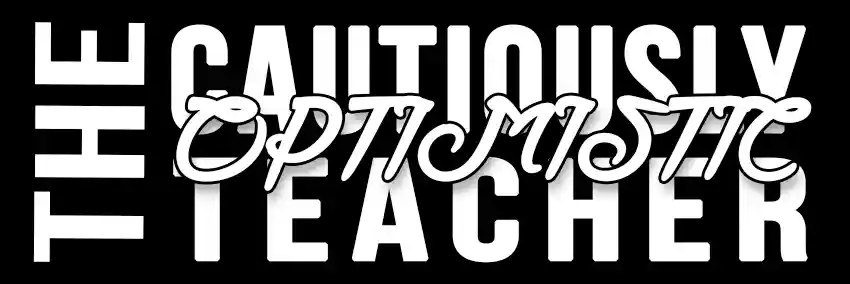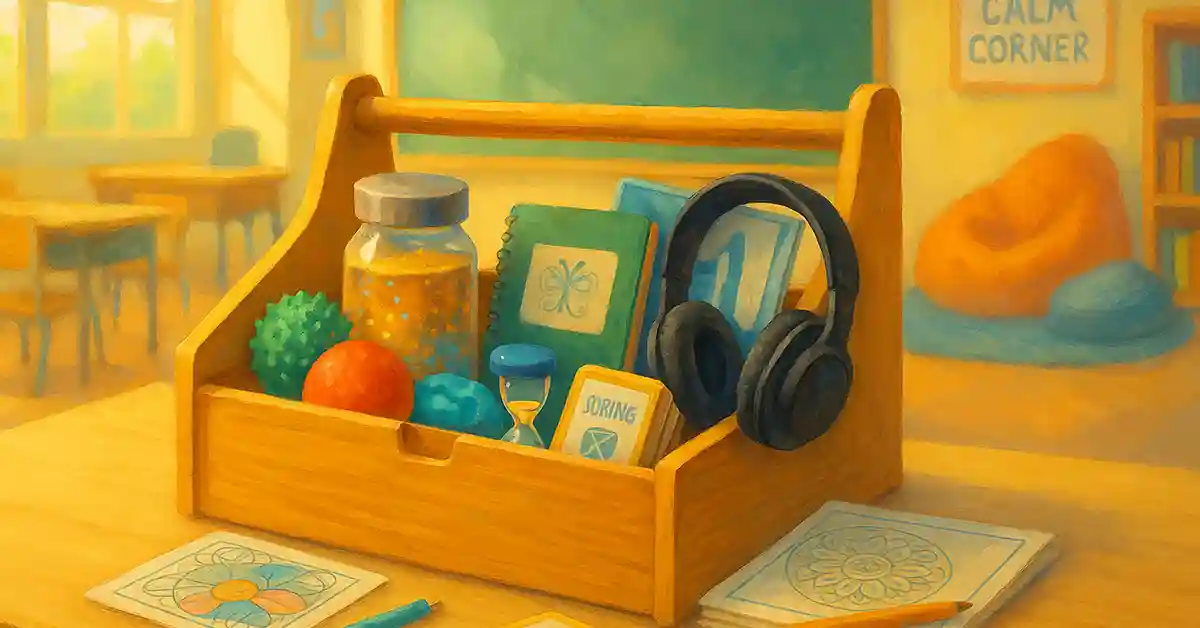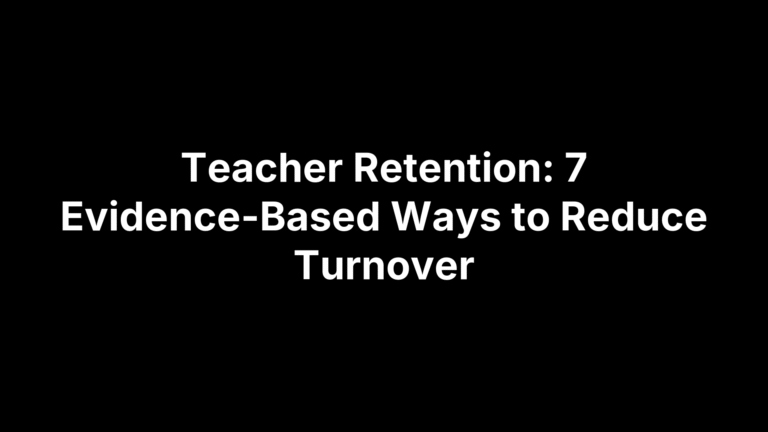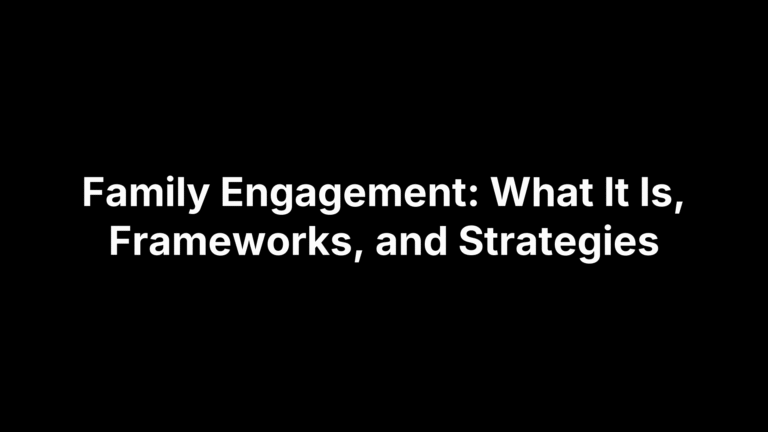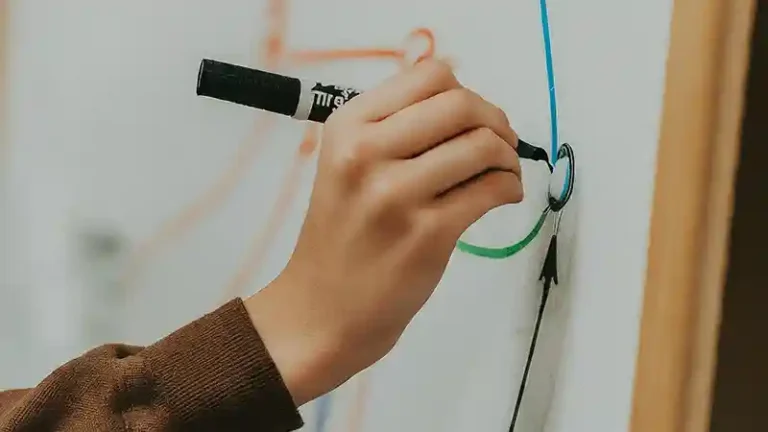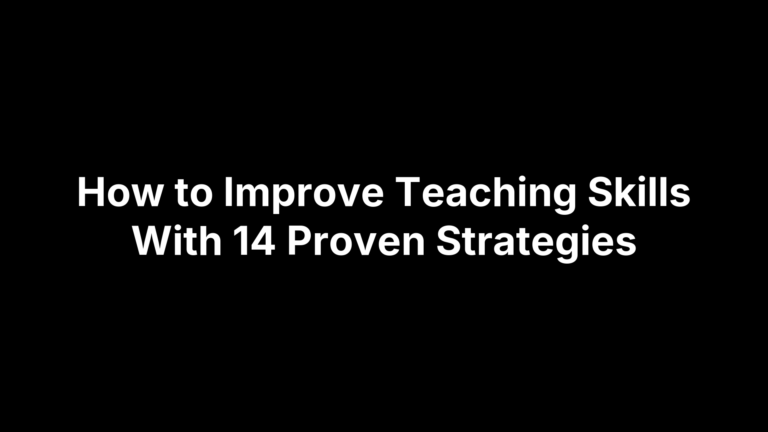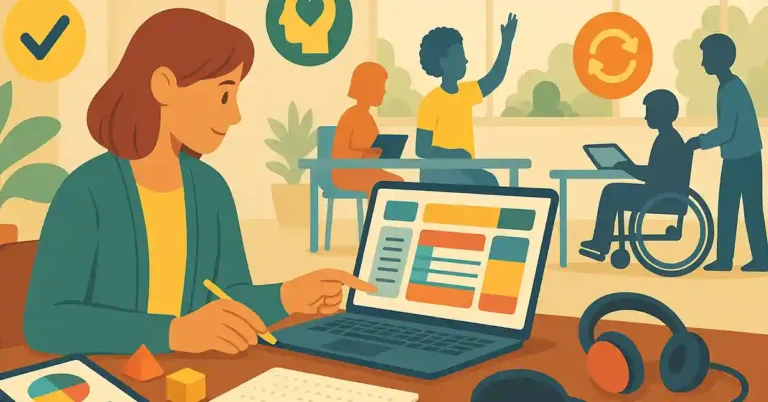Coping Skills Toolbox: A Practical Guide for Teachers
If your classroom sometimes feels like the control tower of an international airport—planes circling, radios crackling, and somebody always “needing to go right now”—you’re not alone. Students are juggling academics, friendships, family dynamics, and that level in their favorite video game. A coping skills toolbox gives them (and us) a way to land those metaphorical planes safely. Below, I’ll share what a toolbox is, why it belongs in every classroom, and exactly how to build and teach one without adding chaos to your day.
Why a Coping Skills Toolbox Matters
Stress Is the New Pop Quiz
Research from CASEL and the CDC keeps reminding us that stress and anxiety are climbing in K–12 students. Chronic stress hijacks the brain’s executive functions—attention, memory, self-control—making learning harder than it needs to be.
Skills Over Silence
Telling students to “calm down” is like telling a phone with 2 % battery to “just work harder.” They need concrete, practiced strategies—hence the coping skills toolbox—so they know how to regulate emotions, not just that they should.
Teacher Benefit #1: Less Firefighting
When students can self-soothe, we spend less time putting out emotional brushfires and more time, well, teaching.
The Anatomy of a Classroom Coping Skills Toolbox
Think of the toolbox as equal parts object collection and portable curriculum. The items below are grouped by sensory channel so you can cover diverse needs without 47 separate lesson plans.
1. Tactile & Kinesthetic Tools
Stress balls & therapy putty – Great for quiet fidgeting during direct instruction.
Textured “feel cards” – Velcro dots, fabric swatches, or sandpaper squares for discreet grounding.
Movement dice – Oversized foam dice with simple actions (stretch, wall push-ups) for quick brain breaks.
2. Visual & Mindfulness Aids
Glitter calm jar – Shake, set on a desk, and watch swirling glitter settle (perfect for de-escalating).
Mindful coloring sheets – Intricate designs or simple mandalas; stash colored pencils beside them.
Breathing posters – Visual guides (box breathing, five-finger breathing) hung in a calm corner.
3. Auditory Supports
Noise-reducing headphones – Help sensitive students focus during independent work.
Mini-guided meditation clips – QR codes linked to two-minute audio (record your own for a personal touch).
Wind chime or rainstick – Gentle sounds to cue transition into reflective time.
4. Cognitive & Reflective Tools
Coping choice cards – Deck of quick strategies (count backward from 20, use the 5-4-3-2-1 sense check).
Feelings wheel – Expands emotional vocabulary beyond “good” and “bad.”
Journal prompts – Daily or weekly reflection sheets (“What set off my worry meter today?”).
5. Social & Relational Supports
Peer support slips – Mini passes allowing a stressed student to request help from a designated “calm buddy.”
Compliment box – Students drop anonymous positive notes; reading them can lift the group mood.
Teacher check-in cards – Color-coded cards students place on your desk to request a private chat.
Storage Tip: A rolling tool cart with labeled drawers keeps everything mobile. Clear bins help younger students see what’s available without rummaging like raccoons in a campsite.
Teaching Students to Use the Toolbox
1. Model, Model, Model
If I pick up a stress ball during a staff meeting, my students notice (“Mr. C’s squeezing the galaxy stress ball—things must be real”). Demonstrate each item when you introduce it: name the feeling, show the strategy, narrate the calming effect.
2. Start with Guided Practice
Think of it as a mini-lab: “Class, when we feel jittery before a quiz, let’s try five-finger breathing.” Lead them through, reflect on sensations, and debrief. Repetition turns novelty into habit.
3. Embed in Routines
Morning work? Journaling prompt.
Transition after recess? Two minutes of mindful stretching.
Group work meltdown? Coping choice cards on the table.
The more predictable the opportunities, the quicker students self-initiate.
4. Celebrate Successes
When a student uses the toolbox effectively, name it: “I saw Jana take three deep breaths before raising her hand—nice self-management!” Positive reinforcement cements strategy use faster than any poster.
Adapting for Diverse Needs
Elementary learners benefit from bright visuals and concrete language (“wiggle finger” instead of “progressive muscle relaxation”).
Middle schoolers crave autonomy—let them co-design digital calming playlists.
Neurodivergent students may prefer weighted lap pads or visual timers; offer choices without pressure.
Remember, a toolbox is a menu, not a mandate. Students choose what works for them.
Troubleshooting Common Hurdles
“They just play with everything!”
Establish explicit rules: tools are for regulation, not entertainment. Use role-play to illustrate misuse vs. appropriate use.“I don’t have time to teach another program.”
Integrate micro-lessons into existing SEL or literacy blocks. A five-minute mindfulness practice can double as writing inspiration.Funding Fears
Dollar-store stress balls, DIY glitter jars, and free breathing apps keep costs low. Tap parent councils or grants for sensory items if needed.
Measuring Impact Without a Spreadsheet Headache
Student Self-Check Surveys – Simple smiley-face Likert scales before and after toolbox introduction.
Behavior Logs – Track frequency/duration of calming breaks versus refocus time.
Anecdotal Notes – Jot quick observations; patterns emerge surprisingly fast.
Even informal data can justify your SEL minutes at the next staff meeting (and maybe win that elusive supply budget).
Taking Your Toolbox School-Wide
Lead a PD session: have colleagues build mini glitter jars.
Create hallway calming stations—quick resets between classes.
Show the toolbox at parent night; send home “family coping menu” brochures.
When the whole ecosystem speaks fluently, students carry the language beyond the classroom door.
Final Thoughts
A coping skills toolbox isn’t a magic wand (though the glitter jar looks suspiciously enchanted). It’s a living resource that grows with your students, offering concrete ways to navigate the emotional rollercoaster of school life. By modeling strategies, embedding them into routines, and celebrating every small success, you cultivate a culture where self-regulation is normal, not niche.
And let’s be honest: on those days when the copy machine jams, the Wi-Fi drops, and someone spills an entire bottle of glue, you might just find yourself reaching for that stress ball, too. Toolbox for them, sanity for you—win-win.
